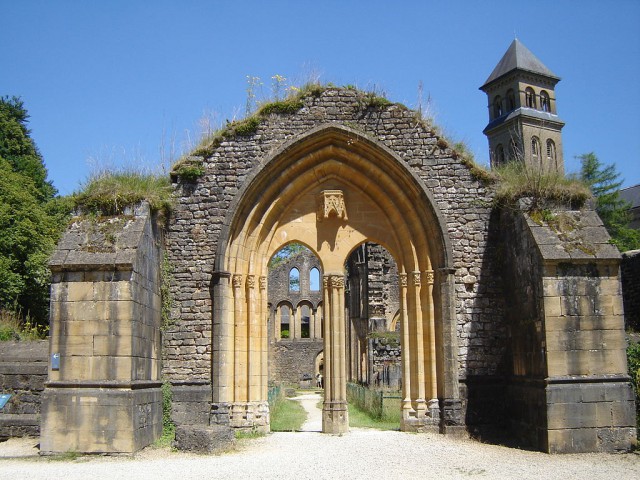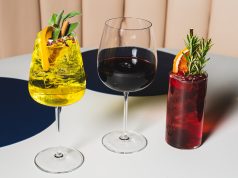
While we Americans like to think we are leading the world toward a new golden age of brewing — and we are in some respects — there is still much we can learn from the Old World masters. For example: The Trappist monks have been brewing beer since the Middle Ages, helping perfect brewing techniques still used. They created many modern styles seen today — Tripel, Dubbel, Abbey and Quadrupel all were created by ingenious monks.
For a “beeroisseur” who needed a break from the big, hop-heavy brews found throughout Boulder County, an opportunity to sample some of the sweeter ales of Belgium was something to look forward to, so when my wife and I purchased our tickets to France for a vacation less than 100 miles from the Belgian border, I feverishly started plotting a day escape to the land of enlightened ales. Since I only had a day, I decided to swing for the fences and head to one of only 10 certified Trappist monastic breweries in the world: Orval.
Located just across the Belgian border from France, Orval, like most of the Trappist breweries of Europe, is a refuge. People tend to assume the monks started brewing in Belgium, but most actually relocated there in the 19th century after fleeing religious persecution in France — where they originated — after the French Revolution. The Belgian and Dutch allowed the monasteries to rebuild and thrive, while launching their own thriving regional beer culture.
After two and a half hours driving through northern France with several unplanned detours — have to pay attention on those small roads — we saw the signs for Orval. Driving past a large chateau, we could see the abbey emerging from the mist. I knew I was in for a treat. Situated at the end of a quiet valley, the stone buildings look like they have seen countless pilgrims, travelers and, lately, beer lovers. Several touring bikes loaded down with gear leaned against the thick stone wall, waiting to carry their riders and newly purchased libations farther down the road.
The monks started brewing one style of beer at Orval in 1931 to finance the rebuilding of their 900-yearold abbey destroyed in 1793 by revolutionaries. The beer was ahead of its time; dryhopped, unlike other Trappist beers, and using the wild yeast Brettanomyces to deliver an aromatic, crisp ale with a distinctive malty taste. Since the monks only brew one type of beer and keep a cap on production, it can be quite difficult to find this gem. Its taste was all I had hoped for, truly a unique glass of golden goodness.
Obviously it was a hit. The monks were able to rebuild their entire monastery in 17 years, but kept the ruins of the old one on-site to showcase their cution they had endured. They had just history and as a testament to the perse- completed a large expansion seven years before the revolution and lost every- thing during the resulting chaos. They 1926. Touring through the ruins, one actually disbanded only to return in can almost feel the collective dedication these men had to God and their beer. The respect they show their creation, from serving it in their distinctive logoed chalice designed over 80 years ago, bottle fermenting each beer, using their profits to better the community, and their welcoming attitude to all travelers, makes one appreciate these holy men and their gifts to us.
Respond: [email protected]














